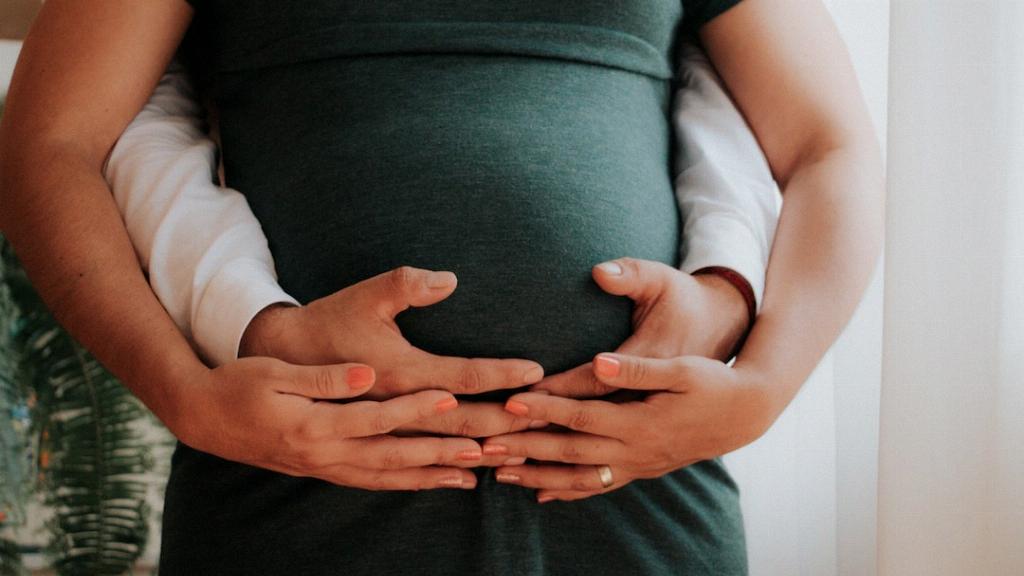One of the intriguing phenomena that some pregnant individuals experience is the protrusion of their belly buttons, also known as an “outie.” This occurrence can raise questions about what exactly causes it and why it happens to some but not others.
Unique Anatomy Leads to Belly Button Changes
When it comes to the phenomenon of your belly button popping out during pregnancy, there are specific anatomical reasons behind this transformation. The belly button area, a remnant of your time as a baby, lacks significant muscle coverage. As your uterus expands and presses against this area from the inside, the relatively weak muscle structure gives way, causing the belly button to protrude outward.
Individual Variations Play a Role
While the general mechanism of belly button popping out is linked to uterine pressure on the abdominal wall, individual variations among pregnant individuals can influence the likelihood of this occurrence. Factors such as the shape and depth of the belly button, as well as the tightness of the surrounding skin, can all contribute to whether your belly button ends up inverted or sticking out during pregnancy.
Uterine Growth and Placement
As your pregnancy progresses, your uterus undergoes significant growth to accommodate the developing fetus. The position and size of your uterus can impact the extent to which it presses against the abdominal wall, including the area around the belly button. Depending on how your uterus expands and where it exerts pressure, your belly button may respond by protruding.
Genetic Factors and Belly Button Shape
Genetic predispositions can also influence the likelihood of your belly button popping out during pregnancy. If you have a naturally shallow or outwardly positioned belly button even when not pregnant, you may be more prone to experiencing this change during gestation. Genetic factors related to skin tightness and elasticity can also contribute to the outward bulging of the belly button.
Increased Abdominal Pressure
Another aspect that can contribute to the protrusion of the belly button is the overall increase in abdominal pressure during pregnancy. As the fetus grows and your abdominal muscles stretch to accommodate this growth, the internal pressure within the abdomen rises. This heightened pressure, combined with the expanding uterus, can push the belly button outward.
Changes in Connective Tissue
During pregnancy, the body undergoes various hormonal and physiological changes that affect the connective tissues throughout the body, including those around the abdominal area. These alterations can impact the structural integrity of the abdominal wall and the surrounding tissues, potentially influencing the behavior of the belly button as the uterus expands and presses against it.
Timing and Stage of Pregnancy
The likelihood of your belly button popping out can also be influenced by the stage of your pregnancy. In the later trimesters, when the fetus has grown significantly and the uterus is exerting maximum pressure on the abdominal wall, the chances of experiencing this phenomenon may be higher compared to the earlier stages of pregnancy.
Embracing the Changes
While the protrusion of your belly button during pregnancy may be unexpected or unfamiliar, it’s essential to remember that these changes are a natural part of the pregnancy journey. Embracing the transformations that your body undergoes can foster a deeper connection with the miraculous process of creating new life.
Consulting Your Healthcare Provider
If you have concerns about your belly button changes or experience discomfort associated with the protrusion, don’t hesitate to consult your healthcare provider. They can provide insights tailored to your specific situation and address any underlying issues that may be contributing to this phenomenon.
Conclusion
In summary, the popping out of your belly button during pregnancy is a result of a combination of factors, including uterine pressure, individual anatomy, genetic predispositions, and hormonal changes. By understanding the mechanisms behind this occurrence and embracing the unique journey of pregnancy, you can navigate these bodily transformations with a sense of curiosity and appreciation for the wonders of motherhood.

